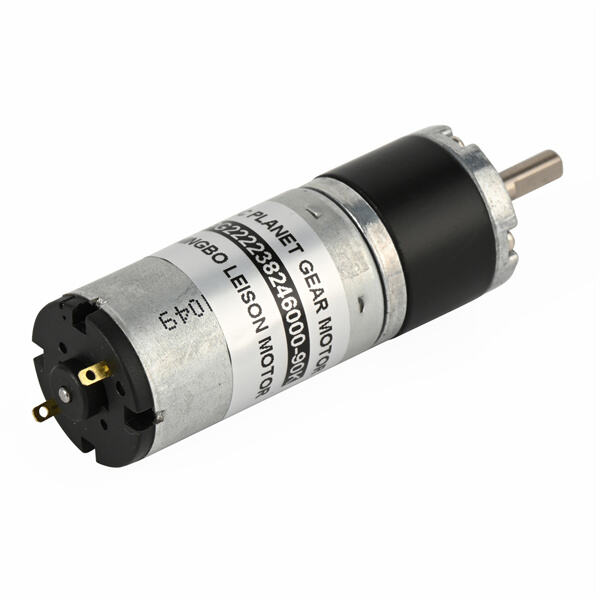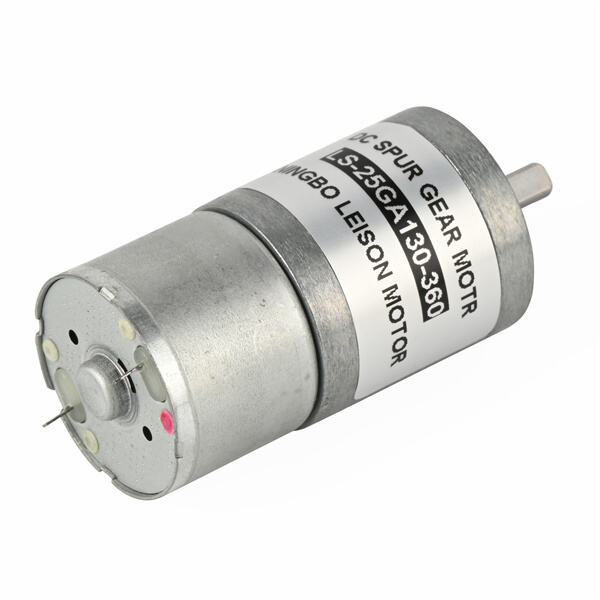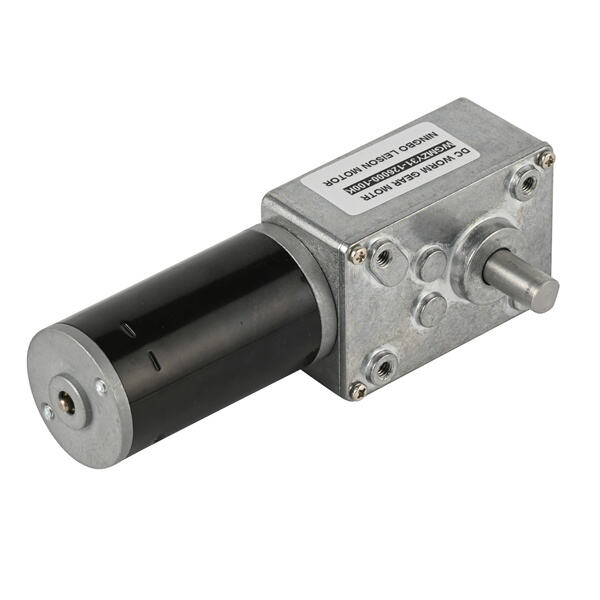Micro metal gear motors are miniature machines that make things move. They are so so so very tiny, in fact, that we hardly ever think about them — even though they are crucial to the function of all sorts of things we rely on every day, like robots, toys, cameras and electric toothbrushes. Today we are going to find out about how micro metal gearmotors work, and what that all means!
Micro metal gear motors are small, but mighty. They share some characteristics with tractor and automotive transmissions, and offer no way to move energy from the motor to the device they assist in powering. This enables them to determine the speed and direction something moves.
You see there are many positives when it comes to micro metal gear motors. A particularly high advantage is that they are very strong. They are constructed of durable materials that don’t snap. That makes them ideal for things that are used often or in demanding locations.
Micro metal gear motors contain vital components that operate together to produce motion. These components consist of a motor, gears, as well as a shield. The motor drives the gears and provides them with power which is the main part. Gears to transfer that energ and the thing it's powering, but a cover to keep everything from being damaged.

Micro metal gear motors are incredibly important for new inventions and technology advancement. They are applied in many fields, from robotics and automobiles to the devices we carry, and they are constantly being reinvented to meet human demands.

Micro metal gear motors are relatively inexpensive and can be used in lots of different projects. You can find them in toys, medical devices and numerous other things. They are never static and always being adapted to new technologies and industries.

A key benefit of these motors is that they are small. They are compact, suitable for places with little room, such as wearable tech or drones. They can be great for precision tasks that require careful control over motion, like in surgical robots or factory automation.